Pre-Finished vs. Site-Finished Hardwood Flooring
Having trouble deciding on your hardwood floor finish?
Here, we’ll examine the differences between, and benefits of, both pre-finished hardwood (factory finished) and unfinished hardwood (site-finished) flooring.
Hardwood flooring installation and finishing is just one of our areas of expertise, and by the time our flooring clients come to us, they usually already know whether they want their floors to be finished in their homes, (on site) or pre-finished from the factory. However, some aren’t sure what they’re interested in (and that’s completely ok; we love to aid in the decision making process when it comes to what’s best for your home! That’s what we’re here for!)
It’s important to plan your flooring project ahead of time, and there are a few factors we use when deciding the “best” or “most practical” choice…
One of the very first factors that need consideration is your “time frame.” When deciding to install new floors, it’s important to know how long you have to complete the project. [This is probably the biggest factor for consideration and the biggest difference between site-finished flooring and pre-finished flooring] But we’ll go over all the factors here:
-
Project time frames:
An unfinished floor can be installed a bit faster than a prefinished floor. What we mean by that is: you don’t have to be as “delicate” with the actual flooring because of the fact that it’s not yet “finished,” it’s in a natural, raw state. Any blemishes (other than natural characteristics of the hardwood such as knots and graining) you see after installation will be removed during sanding, and the floors will be finessed once the finishing process begins. Your flooring is ready to be installed, once all necessary prep-work is completed; the rooms are empty, the material is delivered and on-site, the acclimation time has elapsed, the subfloor is sound, and the temperature and humidity levels in the home are all taken care of. [I know, it sounds like a lot, but those factors are what determine the final product and overall life-span of your new floor] Once the unfinished hardwood is installed, the sanding and finishing process starts (and this is the biggest difference in time frames between site-finished and pre-finished flooring). The finishing process is the part of the job that takes the longest amount of time, and this process in itself, has its own set of factors that can either add or subtract time to the job before completion. When a pre-finished floor is installed, though the install itself takes a little longer, (just because you have to handle the material more delicately) once it’s down, it’s done; you can walk on it, your furniture can be moved back into the room, it’s completely “finished” upon install.
When the finishing process of an unfinished floor begins, sanding is the first step. Depending on the square footage size, this can take one day, or up to a few days. The next option is “texturing.” There are a few different methods used today that are really trending; there’s distressing, hand scrapping and wire-brushing. If you choose to add texture to your flooring, depending on which method you choose and the square footage, this can add another 24-48 hours, sometimes more to the project; but time is the price that’s paid for custom-work. Those techniques are literally done by hand, board by board; the outcome is gorgeous, when you have the time to spare. You can find some pre-finished flooring that have textured applications already, and they’re beautiful too, they just tend to be a bit more uniform, as opposed to truly custom.
Next is the color…
if a stain is desired, that adds another 24 hours to the job (because the stain has to be completely absorbed and dry so that no moisture gets trapped underneath the poly-finish, which could cause all kinds of issues with the final appearance) If no stain color is desired, and the flooring is going to be finished naturally, the first coat of poly can be applied as soon as the sanding is complete. The next factor of the finishing process that either adds or subtracts time from the job is polyurethane choice; Water-borne polyurethane can be applied in multiple coats in a single day (see our “oil vs. water polyurethane” post for full details on the pros and cons of each) which can subtract time from the job, while only a single coat of oil-based polyurethane can be applied every 24 hours (depending on how long it takes to dry – this is where temperature, and humidity come into play). We can’t stress enough that each step in the finishing process is important and needs to be done with precision, finesse and care; that’s where the experience shows in the work, the final product.
Ok, so we’ve gone over time-frames… now that that’s out of the way, what about the most obvious factor to be considered?……appearance.
-
Do they look different?
The biggest difference between the appearance of site-finished flooring and pre-finished flooring are the micro-beveled edges. Pre-finished flooring is finished one piece at a time, with micro-beveled edges on all four sides of the surface of each plank. It creates a distinct difference in appearance between the two materials. The micro-beveled edge allows you to notice all the seams in the floor, whereas a site-finished floor (when sanded correctly,) appears to be a completely flat surface (this is considering the finishing process didn’t include custom techniques being applied like hand-scrapping, distressing, or wire-brushing.) [You can read about the different texturing techniques in our post on “flooring trends for 2017”] Some people really like a micro-beveled edge, and some, simply, don’t. It’s really all about the “look” you’re trying to achieve.
-
Does one last longer than the other?
Solid pre-finished hardwood flooring lasts longer than unfinished flooring and here’s why: The finish applied to the flooring at the factory is completely different than the finish applied on site. Factory finish is usually 7-10 coats of an Aluminum Oxide finish. The polyurethane applied on site can either be water-borne or oil-based, and regardless of how many coats applied, they aren’t as durable as the Aluminum Oxide finish applied in the factory.
And truth-be-told, you get one less sanding with a site-finished floor, because its first sanding is done when it’s installed. However, an up-side to that is with a site-finished floor, a screen and recoat is possible as an option for floor care and maintenance, (eg: to remove surface scratches, damage to poly in high-traffic areas, etc…) as opposed to a pre-finished floor, where a screen and recoat isn’t an option, so though the finish is tougher and more durable, if you want to spruce-up the look of your floors, if they’re pre-finished you’d have to go with an all out sanding.
-
When can you walk on a pre-finished floor and when can you walk on an unfinished floor?
With the installation of a pre-finished floor, you can walk on it throughout the entire installation process, and immediately once the install is complete. Your furniture can be moved back, and there is no waiting time for you to enjoy your beautiful new floors. When an unfinished floor is being installed, it too, can be walked on during the installation process. Once the sanding and finishing process starts however, no one can walk on the floor until 24 hours after the final coat of polyurethane is applied, (and that’s only with socks) 48 hours is needed to walk on it with shoes, and 2 weeks before we can recommend any pets walking on them. We also recommend waiting a full 30 days (to allow the polyurethane to fully cure, not just “dry”) before placing any area rugs down on your newly site-finished floor.
-
Species of hardwood flooring and color options:
When it comes to stain colors, you’re limited to what a manufacturer produces. That is probably one of the reasons people choose an unfinished hardwood floor; they have the ability to fully-customize their floor and make it all their own! When a material is installed unfinished, your options are limitless. As long as you have the time to apply whatever the technique, your flooring is your blank canvas! You can add texture, distressing, custom stain colors/patterns, all to your specific design. When you opt for installing a pre-finished floor, you can’t customize the finish, you can only customize the layout of the install. (eg: borders, diagonal lays, flooring direction, etc…)
Just about every species of solid hardwood comes with the option of being pre-finished. Always call for availability to be sure, but this isn’t really a limitation you need to be concerned about.
So, to sum it all up, here’s a quick pros and cons list of site-finished vs. pre-finished solid hardwood flooring:
Pros of Prefinished Hardwood:
-
Faster install time
-
You don’t have to deal with the process of sanding and refinishing
-
You can walk on it, have your pets on it, put down area rugs, and move your furniture back the same day the install is done
-
More scratch resistant with a more durable Aluminum Oxide finish
-
The finish is a smooth and even coat which holds no threat of human error
Cons of Pre-finished Hardwood:
-
You don’t have the option to customize the appearance
-
(For some) Micro-Beveled edges are considered a “con”
-
The install has to be done more carefully, in turn taking more time
-
You don’t have the option of screening and re-coating, a full sanding would have to be done
-
Limited to manufacturer-set sheen levels (you can’t always find the specific species and color flooring with the sheen-level you’re looking for)
Pros of Unfinished Hardwood:
-
Custom everything! Limitless finish/appearance opportunities (design, lay, varying widths, borders, stain colors, pendants, texture, etc…) you have the ability to create a truly couture floor.
-
You can match existing hardwood flooring in the home and/or weave-into a particular room.
-
You have the ability to perform a screen and re-coating of the floors finish if the finish wears or there are scratches, without doing a complete sanding.
-
You have the option of choosing your sheen level, matte, satin, semi-gloss or high-gloss.
-
You can choose your polyurethane or oil finish, (water-borne, oil-based, UV cured, mono-coat, etc…)
Cons of Unfinished Hardwood:
-
The sanding and finishing process can be long and tedious and can be messy if proper precautions are not taken (We always provide our dustless system with every hardwood floor we finish)
-
The smell that comes with stain and oil-based polyurethane can be overwhelming to people who are sensitive to strong smells
-
The length of time it takes for the polyurethane on the flooring to fully cure (30 days)
-
The time you need to wait to walk on the floors, move your furniture back and place area rugs is longer than that of a pre-finished floor (24 hours for socks, 48 hours for shoes, 4 days for furniture, 2 weeks for pets, and 30 days for area rugs)

Pre-finished Walnut Hardwood Flooring
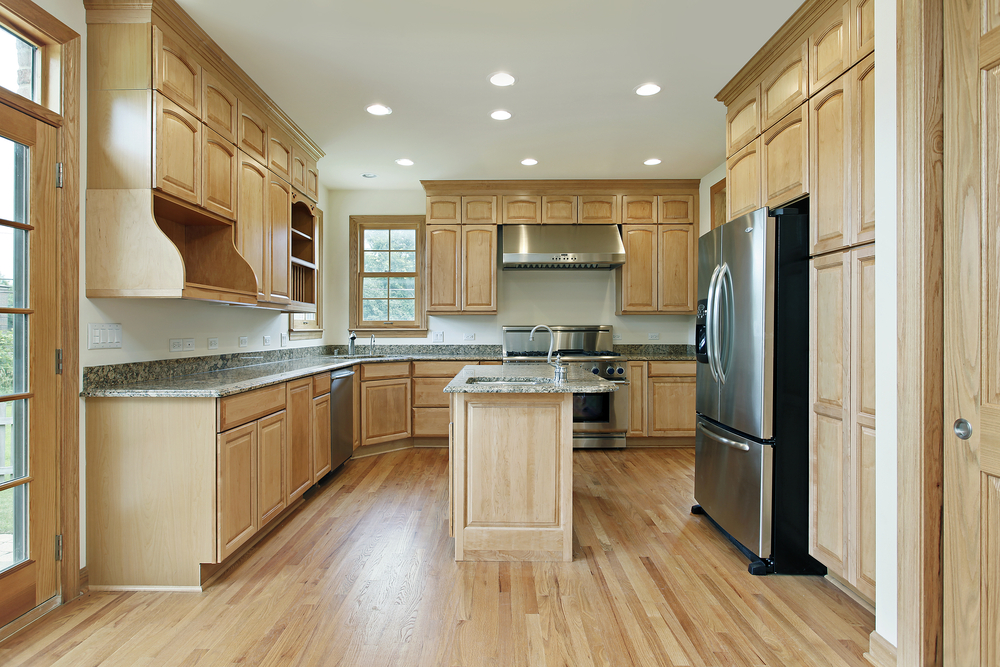
Site-finished Solid White Oak hardwood floor
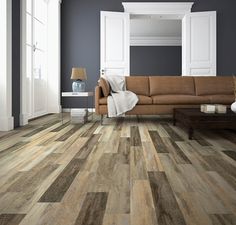
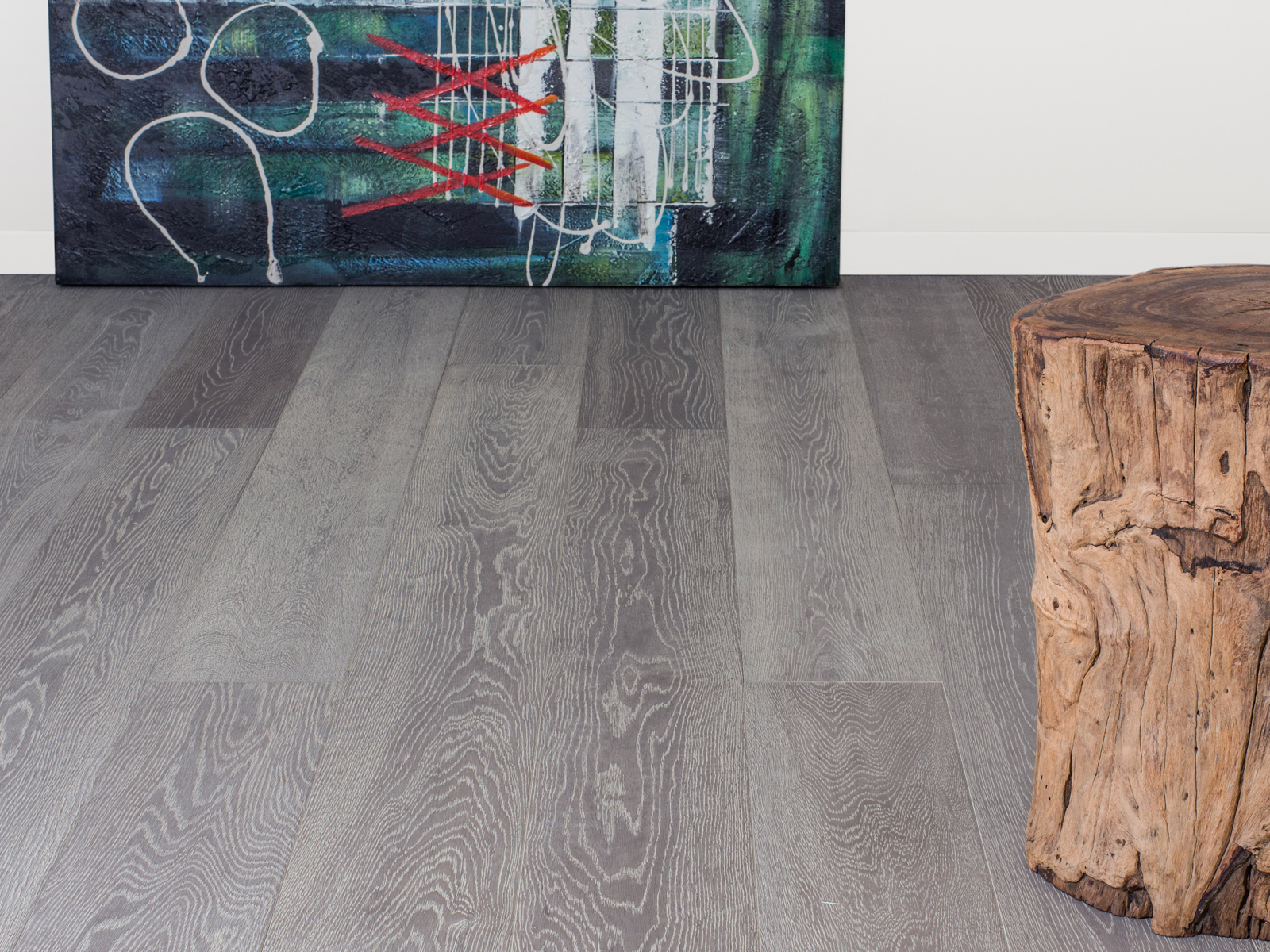
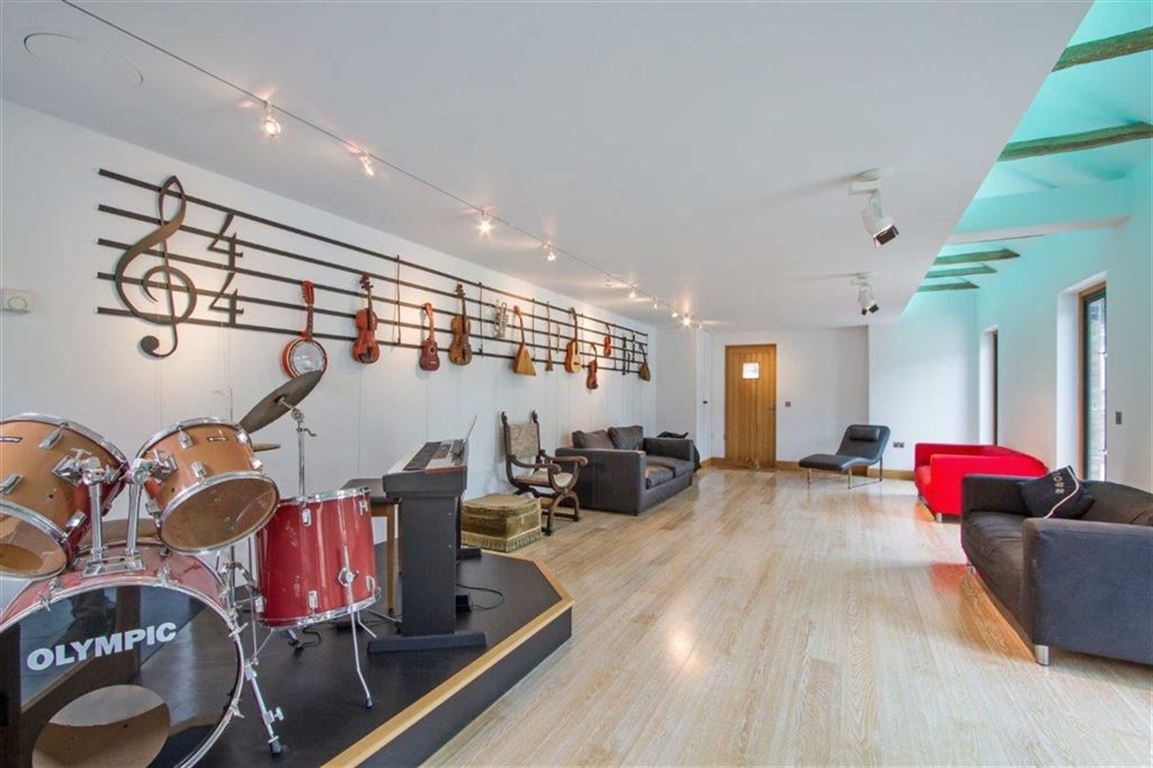
Site-finished solid Oak flooring
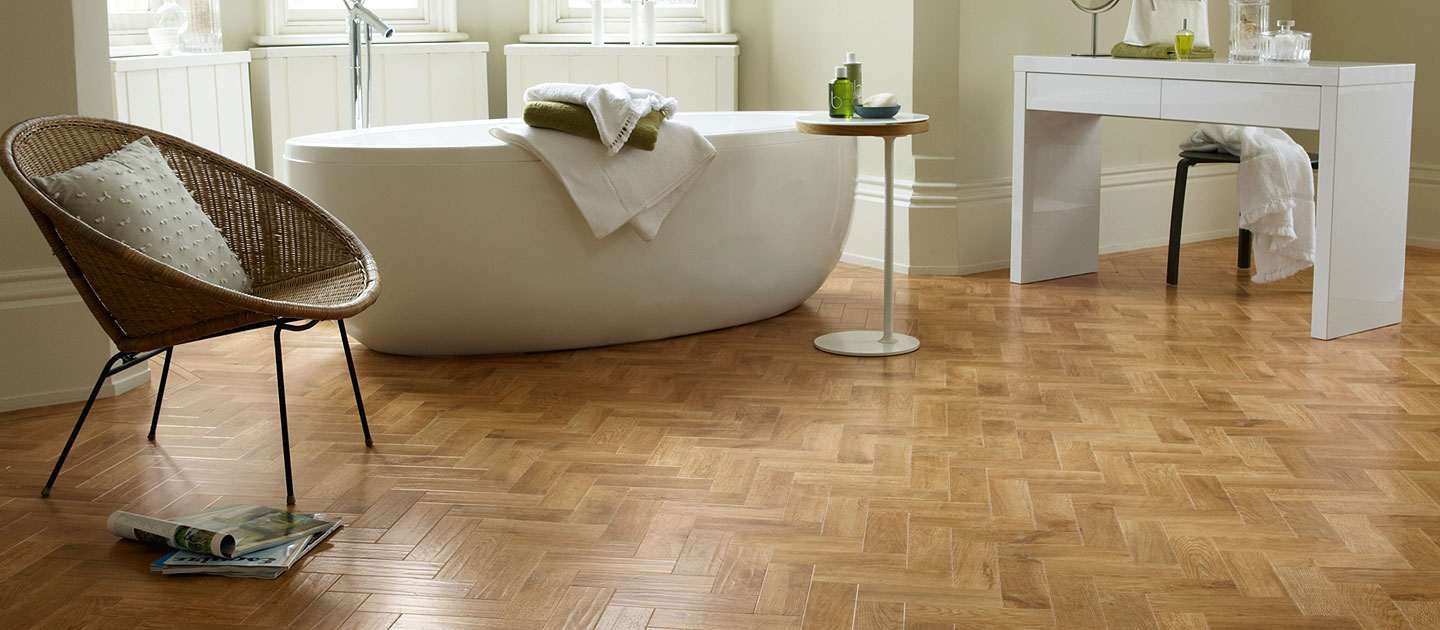
Pre-finished Custom Herringbone
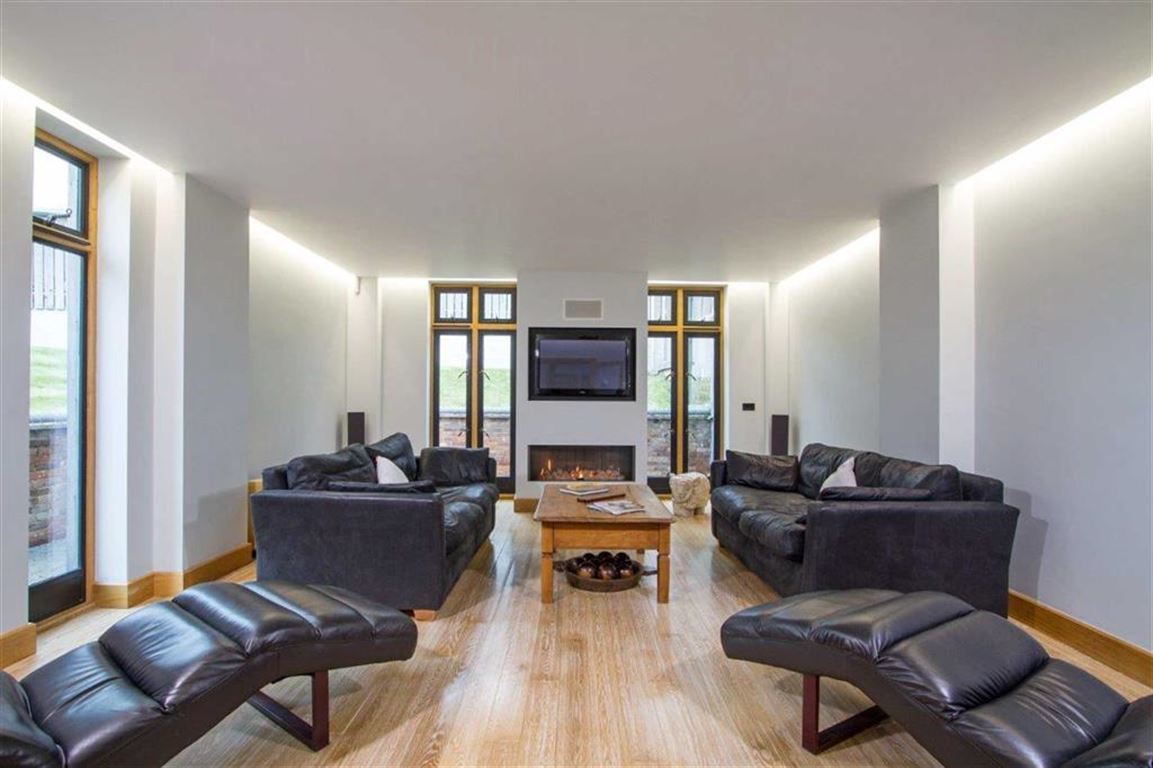
Site-finished solid Red Oak Hardwood flooring
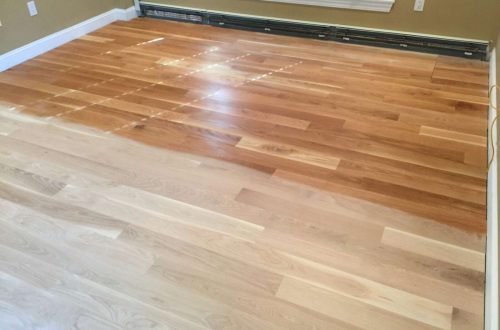
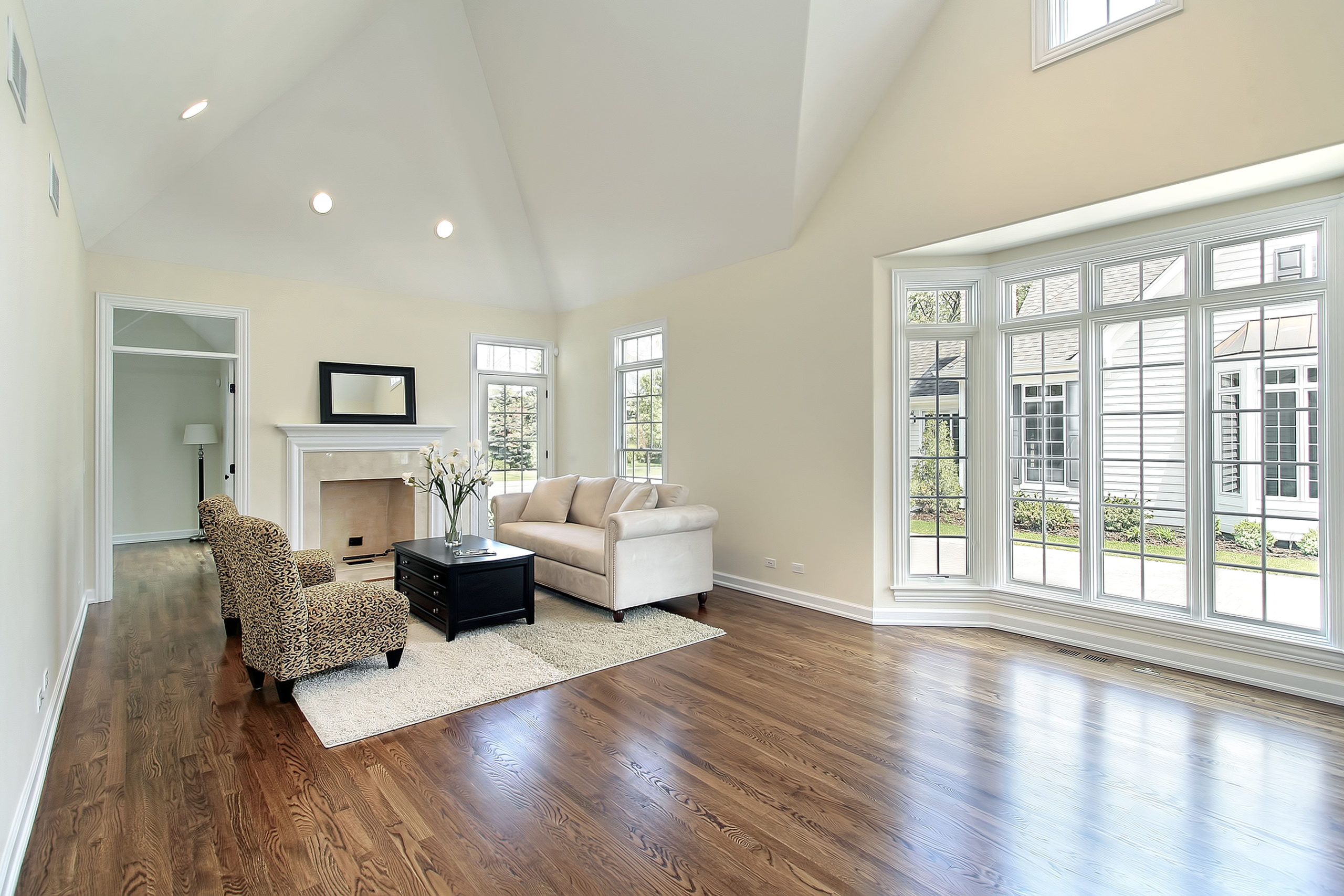
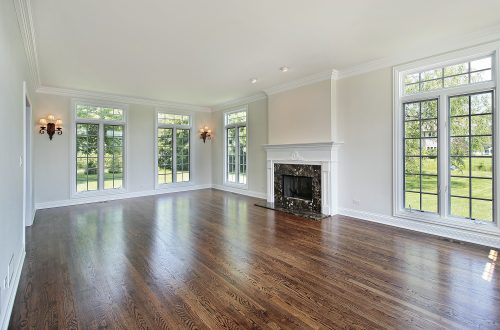
45 Comments
Pingback:
Pingback:
Pingback:
Pingback:
Pingback:
Pingback:
Pingback:
Pingback:
Pingback:
Pingback:
Pingback:
Pingback:
Pingback:
Pingback:
Pingback:
Pingback:
Pingback:
Pingback:
Pingback:
Pingback:
Pingback:
Pingback:
Pingback:
Pingback:
Pingback:
Pingback:
Pingback:
Pingback:
Pingback:
Pingback:
Pingback:
Pingback:
Pingback:
Pingback:
Pingback:
Pingback:
Pingback:
Pingback:
Pingback:
Pingback:
Pingback:
Pingback:
Pingback:
Pingback:
Pingback: